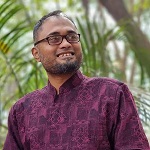Top Indian fact-checkers assert that misleading narratives about Bangladesh's July revolution were more prevalent than outright false claims
-67055664cfa77.JPG)
Drabanti Ghosh, Rahul Namboori and Swasti Chatterjee (from left to right)
As we progress through the AI era, where information is easily accessible, the significance of fact-checking has never been more pronounced.
The digital landscape bombards us with an overwhelming amount of data and claims that can quickly spread worldwide, making it increasingly challenging to discern truth from fiction.
In Bangladesh, the demand for accurate information and diligent fact-checking is especially critical during this unprecedented political transition.
Following the fall of Sheikh Hasina's government due to a student-led uprising, Dr. Muhammad Yunus stepped in as chief advisor on August 8th, leading the country into a phase of uncertainty for a period.
This transition has been marked by incidents of violence and unrest, driven by a complex interplay of political tensions, social grievances, and the actions of individuals looking to exploit the situation.
This recent period of unrest in Bangladesh, marked by politically motivated violence, has unfortunately become a breeding ground for misinformation and speculation, especially in our neighboring India.
This has been amplified by segments of the Indian media, including some reputable outlets, who have disseminated unverified claims and narratives.
These narratives often portray the situation in Bangladesh as a descent into lawlessness and religious extremism, potentially overlooking the complex interplay of factors contributing to the unrest.
However, there are dedicated truth-seekers from India who consistently work to debunk misinformation and myths through rigorous fact-checking.
Three notable fact-checkers from India—Swasti Chatterjee, News Editor (East) at Boom; Rahul Namboori, CEO of Fact Crescendo; and Drabanti Ghosh, Head of Media Literacy Training at Fact Crescendo—recently visited to attend "Nomadic Narratives: The Cross-Border Spread of Misinformation in South Asia,"--a cross-border network symposium organised by University of Liberal Arts (ULAB).
Faisal Mahmud, Editor of Bangla Outlook (English), had the opportunity to engage in a discussion with these three esteemed fact-checkers, addressing the recent misinformation campaign from India, their debunking efforts, and the broader landscape of fact-checking.
-67054e39ed6c1.JPG)
Here is an excerpt of that interview.
Faisal Mahmud: My first question is for Swasti. Considering your role as a fact checker, how do you view the information emerging from Bangladesh, especially in light of the ongoing transitional period following the new Interim government formed on August 5th? There are notable concerns regarding the treatment of minorities, including reports of attacks on Hindus and other groups, which appear to be exaggerated in some Indian media. As a fact checker in India, how do you go about verifying this information, and what criteria do you apply in your fact-checking process?
Swasti Chatterjee: As fact-checkers in India, we adhere to a nonpartisan approach when verifying content originating from Bangladesh, consistent with our methodology for Indian content.
A significant challenge we encountered was the surge of Islamophobic material, including violent videos and images, following the student-led protests and the political challenges faced by Sheikh Hasina's government. This content often appeared alongside misinformed narratives seeking to frame the unrest in Bangladesh.
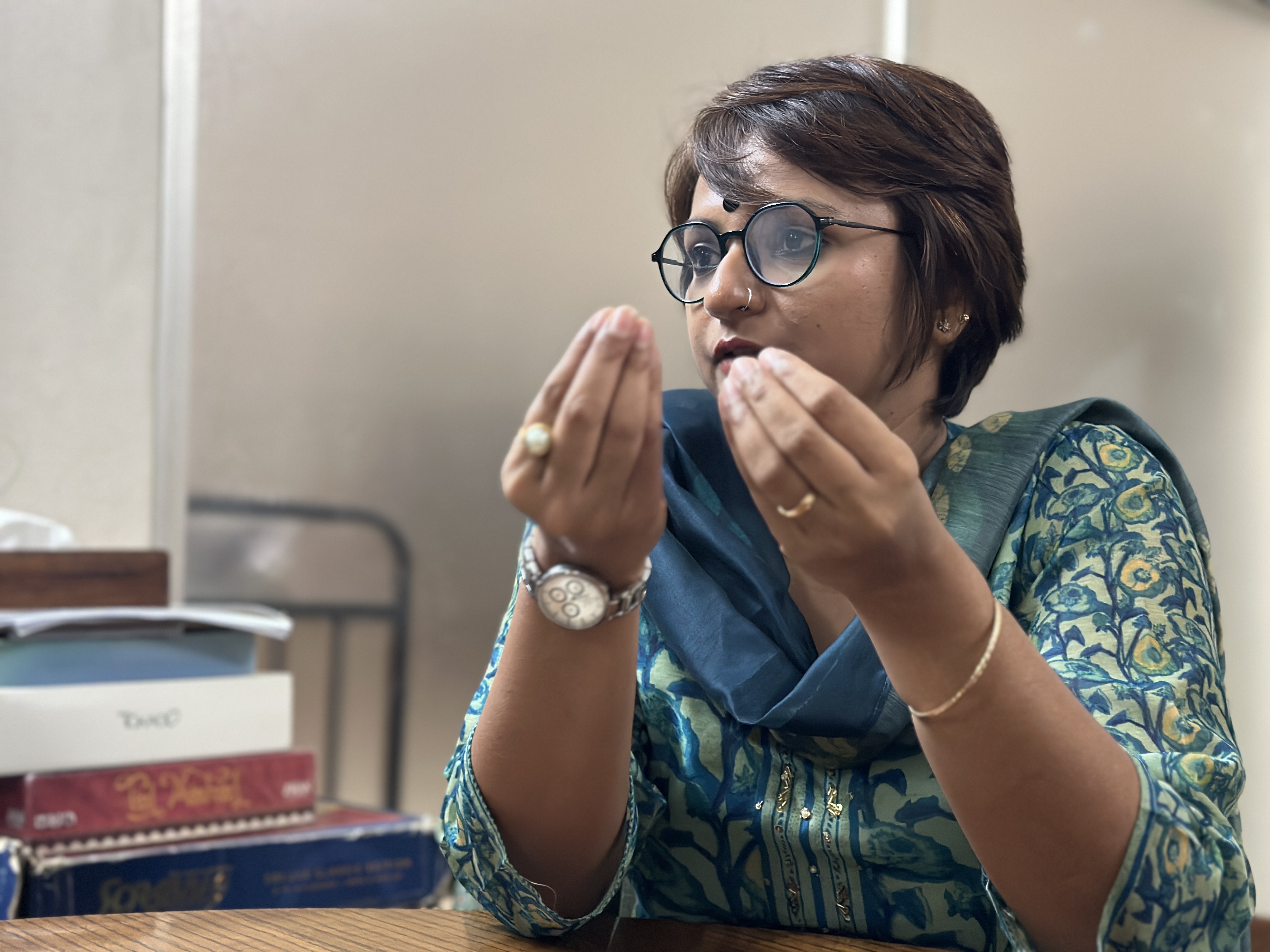
Our work involved navigating two primary forms of misinformation: misleading narratives and violent visuals. Given the scale of the crisis, which at times felt more overwhelming than the situations in Afghanistan or Myanmar, we prioritized debunking content with the potential for immediate harm.
This meant focusing on violent imagery, particularly videos depicting attacks on Awami League leaders, often shared in India with a communal and inflammatory narrative. Debunking this misinformation presented several challenges, which I'm happy to elaborate on further later.
FM: I have the same question for Rahul: as an Indian fact checker, how do you perceive the flow of misinformation from Bangladesh and its representation in Indian media following August 5?
Rahul Namboori: The situation in Bangladesh, as Swasti highlighted, was further complicated by the spread of extremist and Islamophobic content, alongside anxieties about a potential economic crisis and political instability.
Rumors of potential Indian military intervention understandably fueled tensions and raised concerns about external interference in Bangladesh's internal affairs. It's natural that such rumors would create apprehension and distrust, especially within Bangladesh.
Furthermore, many major media outlets tended to oversimplify the complexities of the situation, often portraying it as a simplistic clash between extremists and secularists. This narrative fueled fears of an Islamist takeover and amplified concerns about the role of external actors like the ISI.
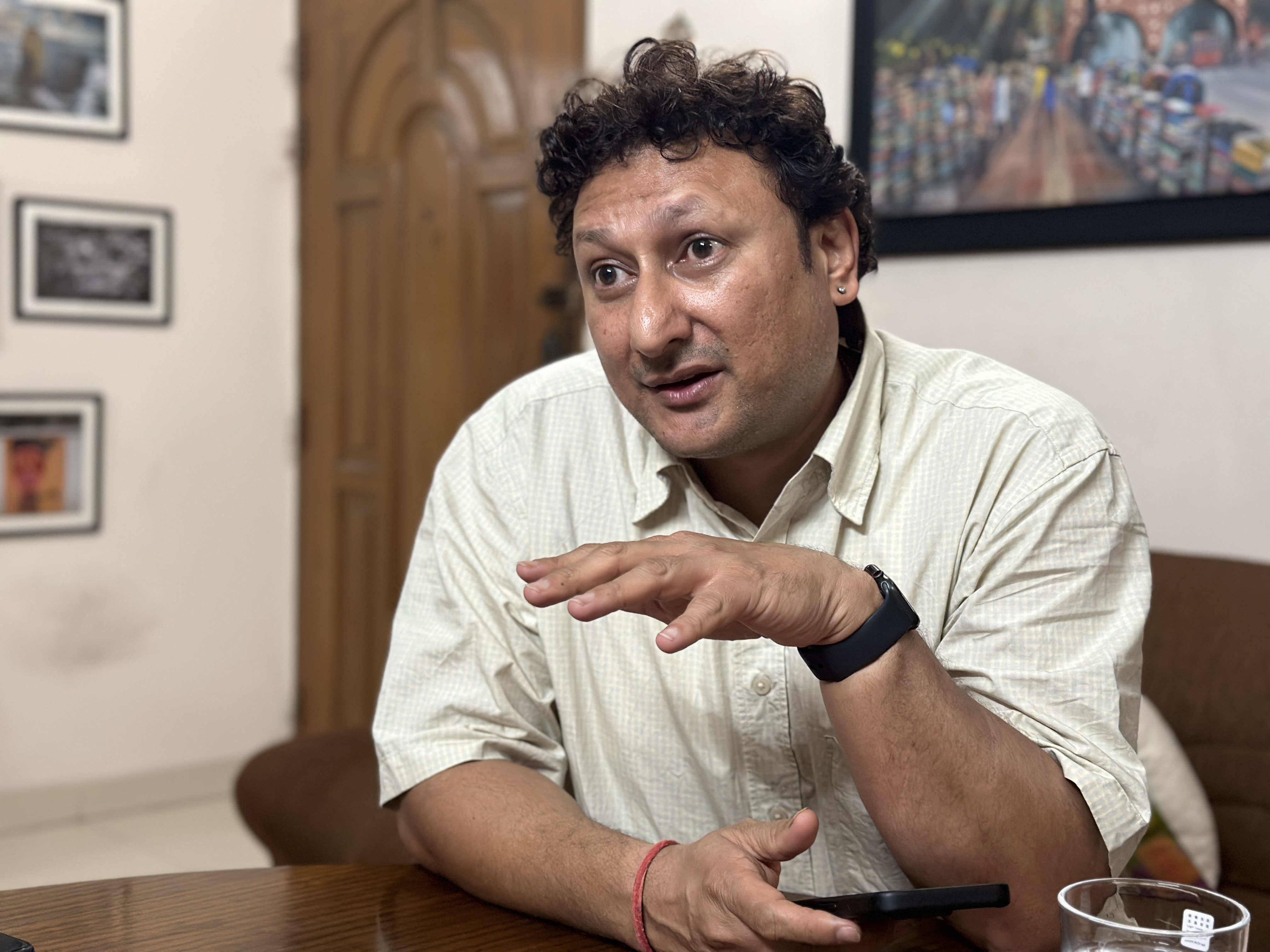
Adding to the anxiety were disturbing videos and reports that raised fears about the safety of minority communities, particularly Hindu women.
I can share an example: my colleague Drabanti's father was extremely worried before she traveled to Bangladesh. His concerns, influenced by alarming videos circulating on WhatsApp, highlight how misinformation can directly affect personal choices and escalate fears. The recurring theme of minority persecution in these narratives emphasizes how politics and prejudice can shape perceptions and stoke anxiety.
FM: So, Drabanti, how do you view the flow of misinformation from Bangladesh and its representation in Indian media following August 5?
Drabanti Ghosh: Drawing on our experience fact-checking crises in Afghanistan, Myanmar, and Sri Lanka, we anticipated encountering challenging content in Bangladesh. While we were prepared for certain narratives, the reality surpassed expectations.
We were confronted with extremely disturbing narratives, particularly those concerning violence against women, including the circulation of graphic videos purporting to depict sexual violence. The prevalence of such explicit content was unexpected and distinct from the misinformation targeting women we encountered in previous crises.
Our approach to story selection remains consistent across all regions and situations: we maintain a nonpartisan stance, prioritizing virality, relevance, and impact. We analyze trending themes and divide tasks among our team to investigate various facets of the situation concurrently.
While mainstream media narratives can be influential, our focus remains on content with direct, real-world consequences. This includes videos depicting violence, vandalism, or other forms of harm, as these have the most immediate and tangible impact on people's lives.
For instance, we encountered reports of Bangladeshi Hindus seeking refuge across the border due to fear and panic fueled by misinformation. This tangible consequence of misinformation highlights the urgency of our work. We prioritize debunking readily verifiable claims that have immediate and significant impact, as Swasti emphasized.
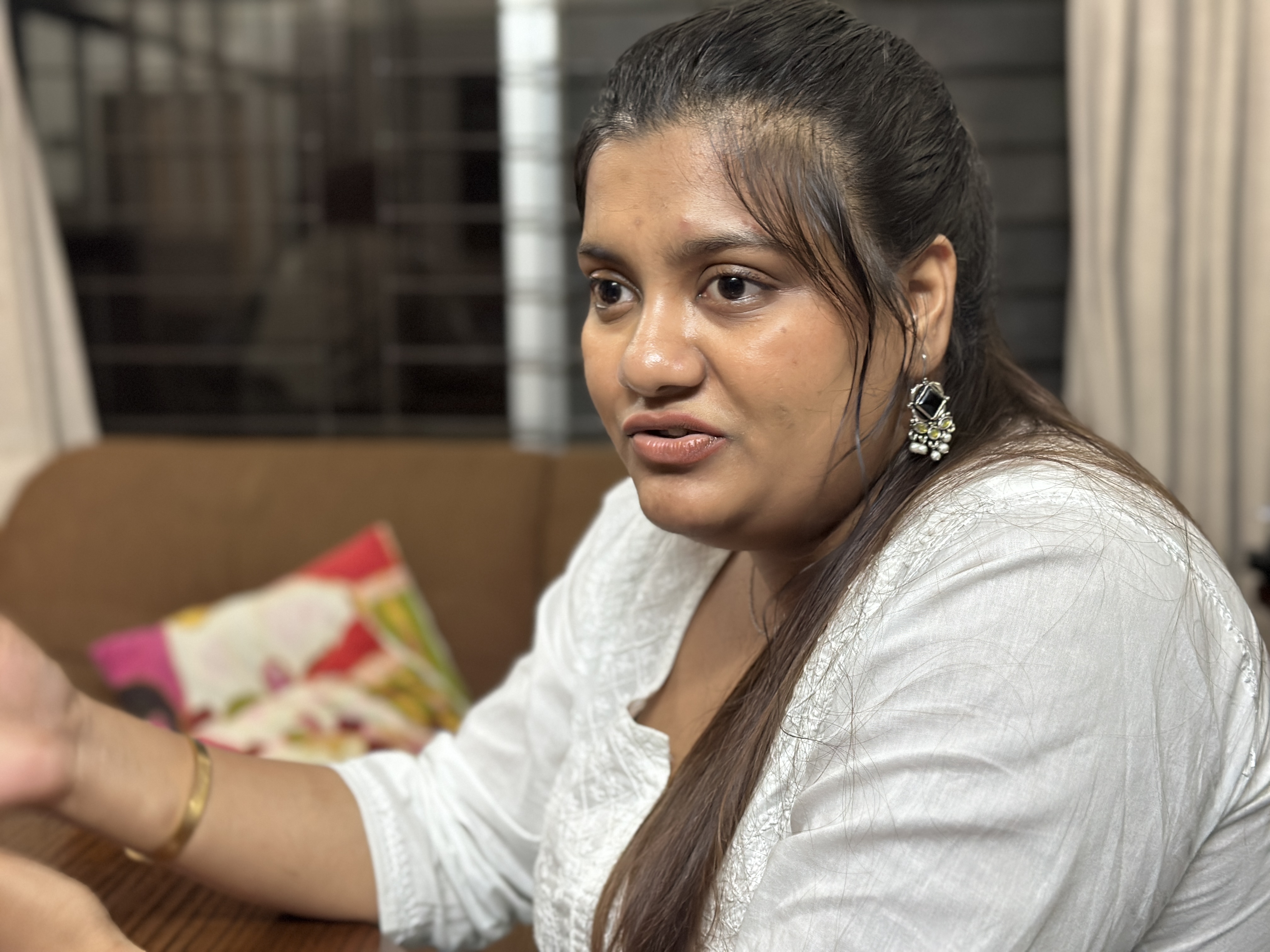
However, we also maintain a pipeline of more complex claims requiring in-depth investigation. These often necessitate contacting local sources or authorities, which can be challenging during a crisis.
While these investigations are essential, our primary focus remains on rapidly debunking high-impact misinformation to provide accurate information to the public through social media and other channels.
FM: The portrayal of the Bangladesh uprising—or what some refer to as a revolution—often comes through a binary narrative from India, framed within security and communal perspectives. As a fact checker, how do you view this situation? While it’s possible to debunk narratives circulating on social media, what about those put forth by respected Indian media outlets? Do you feel it’s necessary to address those narratives as well?
SC: To reiterate my earlier point, I prioritize relevance when assessing content. For instance, if an X account known for promoting biased narratives, such as Sudarshan News, shares a video with a communal angle, that claim takes precedence.
The level of amplification on X, particularly
by accounts linked to Indian mainstream media, also factors into our
assessment. A statement from a prominent Indian news anchor amplified by political parties' IT cell would warrant immediate attention.
Mainstream media often utilizes unrelated or outdated footage, especially during prime time. To monitor this, we dedicate a team member to track narratives emerging from these channels during crises.
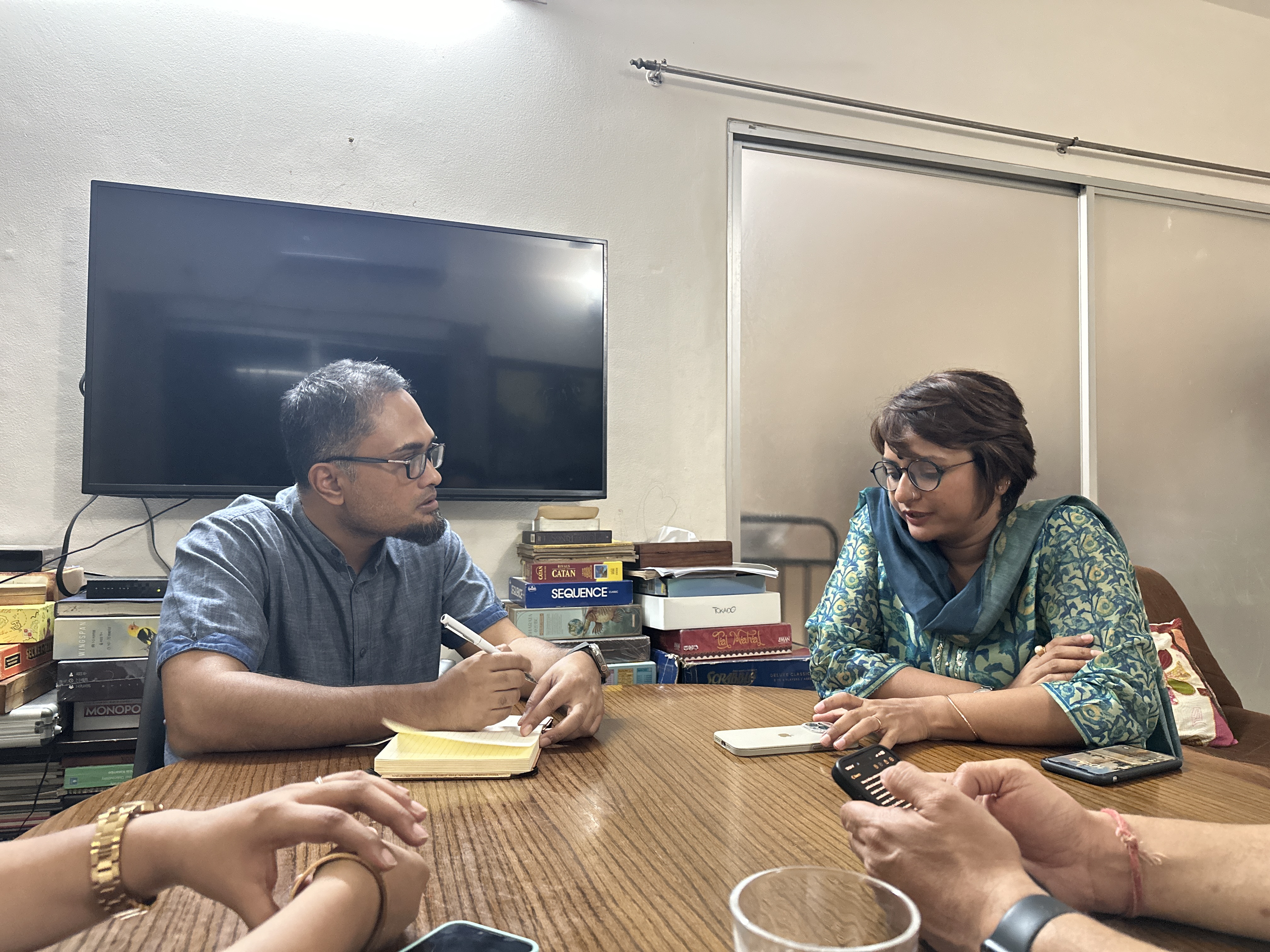
While real-time fact-checking during an evolving crisis can be challenging, we revisit these claims once the situation stabilizes, allowing for more thorough investigations. Therefore, while we prioritize narratives from mainstream outlets when necessary, the urgency and potential impact of the claims ultimately determine our approach.
FM: Rahul, I have the similar question for you, but with a specific example. Shekhar Gupta from The Print, a highly respected journalist, asked me to investigate violence against minorities after August 5th. I conducted my own research, uncovered the truth, and focused on the attacks against Hindus, as other minority groups were not as significantly impacted. However, when my story was published, about 80 percent of my draft was removed, another reporter's name was added, and the misinformation I had highlighted was omitted. They only included the part about the attack on a Hindu household, attributing the story to both my name and the other reporter’s.
I'm sharing this example because The Print is a reputable outlet led by Shekhar Gupta. As a fact checker, how do you approach information from mainstream media like this? Do you have a framework for identifying narratives that need to be fact-checked, especially when they originate from such established sources?
RN: Mainstream media often exaggerates and speculates about events, suggesting outcomes like, "This may happen." However, such speculations are not subject to fact-checking. What can be fact-checked are actual incidents shared with malice, misinformation, or disinformation.
As Swasti pointed out, if media outlets present unrelated visuals, those should definitely be fact-checked, regardless of the organization involved.
To build on the earlier discussion about nonpartisanship, the core of fact-checking is impartiality. Our fact-checks rely on clear, replicable evidence, ensuring transparency and accountability.
When it comes to mainstream media, their inclination to exaggerate and speculate is part of their function. Speculative language used by reporters often gets picked up and distorted by other outlets, leading to skewed narratives. For instance, visuals of a burning house or an attacked priest can sensationalize isolated incidents, creating a narrative of widespread chaos.
A notable example is when NDTV reported mass rigging in an election cycle, a claim later debunked by various organizations and even EU observers, who found no supporting evidence. This highlights the importance of fact-checking—there are verifiable facts that contradict such claims.
Mainstream media is quite strategic in how they set their agendas and often navigates the boundaries of fact-checking cleverly. They craft narratives in ways that can place them outside the realm of scrutiny, making the situation particularly complex.
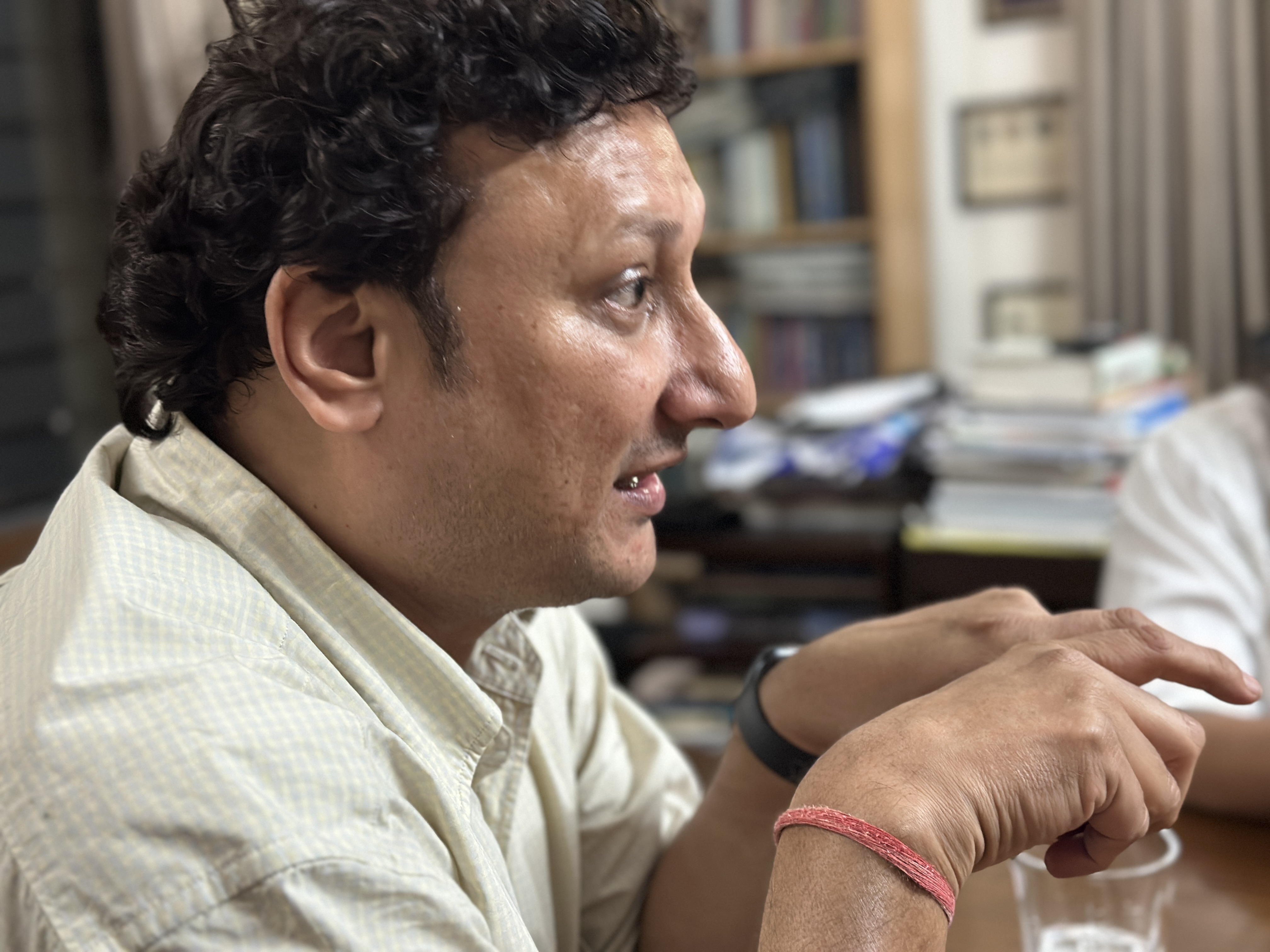
DG: I want to stress that the false narratives propagated by mainstream media do not appear overnight. The events of August 5th were not the beginning; rather, they represent the culmination of long-standing tensions between India and Bangladesh, with narratives gradually ingrained in people's minds over the years.
For instance, when a robbery occurs and is attributed to someone from a minority community, it often gets framed as potentially involving a Bangladeshi migrant. This reinforces the idea that migrants from Bangladesh are responsible for petty crimes in India. This connection, whether accurate or not, has been shaped over time through various incidents, often small in scale.
There have been cases where individuals from Bangladesh come to India for jobs or education, and when a minor crime happens, it gets exaggerated into a broader narrative. Each of these small claims contributes to a bit of "poison" in public perception over time. Consequently, when a crisis emerges, all these accumulated narratives merge into a more powerful story that significantly influences public opinion.
RN: Let me add here. When we discuss the accumulation of misinformation and hatred, it's important to recognize that this doesn’t develop overnight. Communal tensions and narratives have been building in India for a long time, starting even before the COVID-19 pandemic.
The sentiment of hatred has already taken root. What we’re witnessing now is the setting of agendas. During the recent events in Bangladesh, the narrative focused more on Hindu women, adding to the existing bits and pieces of information that have been shaping perceptions every day.
DG: When he mentioned that this situation was amplified by mainstream media and picked up by influencers, it’s akin to a game of Chinese whispers. What initially happened gets transformed as it moves through different channels. It starts with mainstream media, then shifts to YouTubers, who reinterpret it further.
It's crucial to recognize that audiences today often seek information online rather than relying solely on television. They first look to Google, YouTube, and social media. Therefore, addressing misinformation in a crisis situation on these platforms is vital because of their visual impact.
Once the immediate situation calms down, we can then focus on narratives set by more traditional media outlets. If a major claim can wait a few days, we should hold off, conduct thorough research, and then address it.
We have to acknowledge that certain narratives have been ingrained in people's minds over the years, making it challenging to change them quickly. Even when we provide clear evidence—primary, secondary, and tertiary—people may still resist accepting the truth due to their established beliefs and trust in traditional media.
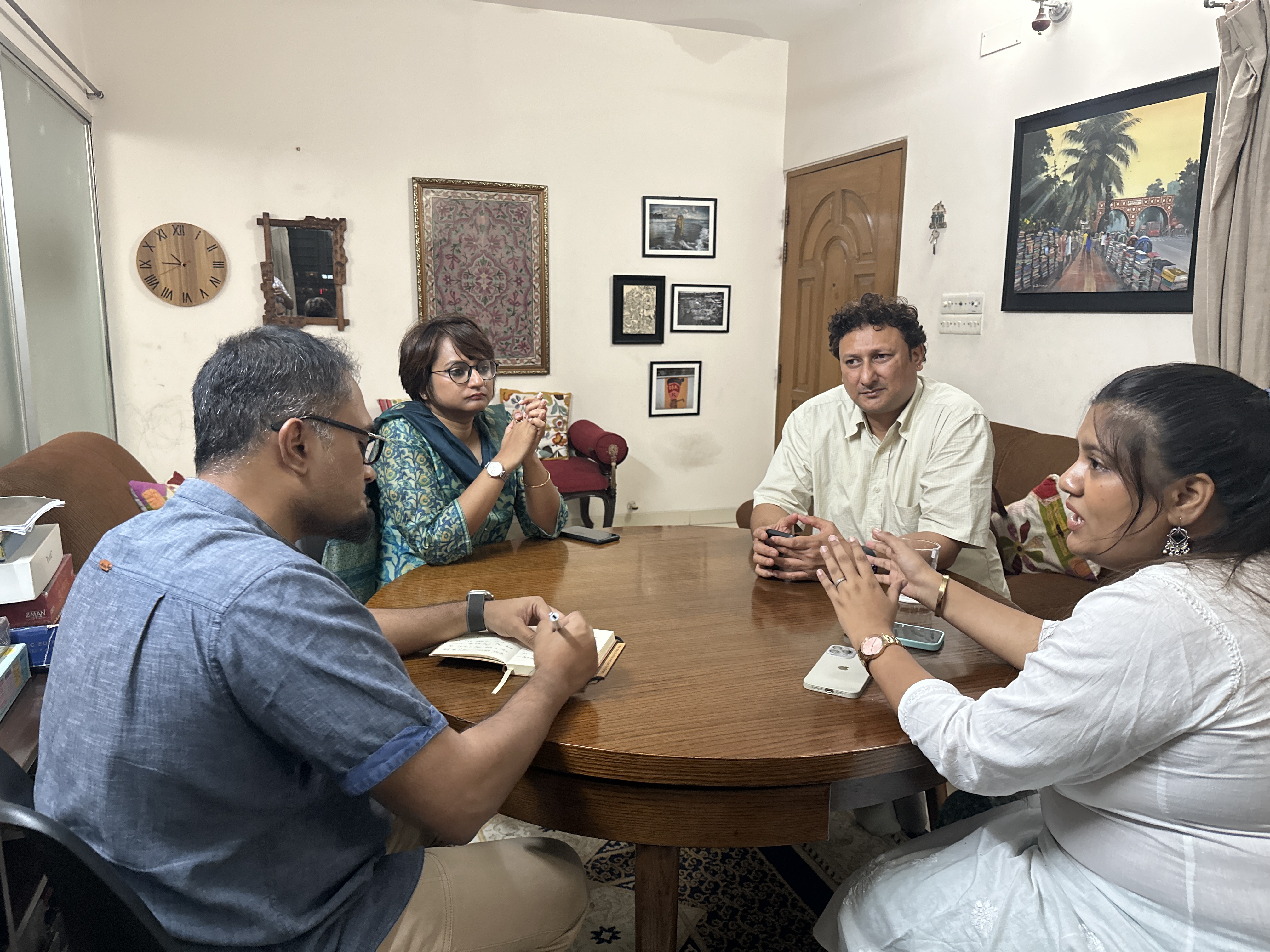
Thus, our first step should be to address the information circulating on social media, and only then should we turn our attention to mainstream narratives.
FM: There's a distinction between misinformation and disinformation, but we also need to consider the concept of half-truths. For example, take our former state minister, Mohammad Ali Arafat. He didn't typically spread outright misinformation or disinformation; instead, he often played with half-truths. He presented data that supported his narrative while omitting the figures that didn't.
As a fact checker, do you believe that half-truths should also be fact-checked? After all, they can create a distorted version of the truth. How do you approach half-truths in your work as a fact checker?
SC: If a statement contains factual elements and has real-life consequences, it's crucial to fact-check any half-truths. This ties back to our earlier discussion about relevance. If a half-truth is circulating in the news cycle regarding events in Bangladesh before and after August 5th, and if it has the potential to harm people’s lives, it absolutely warrants fact-checking.

For example, after the uprising and Sheikh Hasina's ousting, we encountered numerous videos that needed verification. One particular video, lasting only 10 to 15 seconds, showed a woman being taken away by a group of men.
The narrative claimed that this woman was Hindu and was being abducted by Muslims. However, upon fact-checking, we discovered that while the woman was indeed Hindu, she was being taken by her ex-husband, accompanied by his Muslim friends.
That incident occurred in Noakhali. While the communal narrative that emerged wasn't entirely false, it needed to be fact-checked because of its potential real-life consequences.
Ultimately, the woman's father felt compelled to go live on Facebook to clarify the situation. He explained that while it was true that some Muslims were involved in the kidnapping, the matter was fundamentally domestic. He emphasized that there was no communal aspect to the situation; it was purely a domestic issue with some Muslim individuals assisting the man in the kidnapping.
FM: Same question also goes to Rahul….
RN: When it comes to half-truths, as Swasti mentioned, relevance and impact are crucial factors. It's important to consider whether something is relevant enough to warrant a fact-check. This applies not just to the Bangladesh crisis, but in general contexts, such as elections.
We need to assess the timing of statements, the credibility of the person making them, and whether a half-truth could lead to misunderstandings or misconceptions.
If it has the potential to mislead or create confusion, then it certainly deserves a fact-check. How we fact-check it—whether it’s a misleading statement, false, or taken out of context—will involve editorial judgment and discussion. However, it's clear that such statements should be fact-checked, as they can significantly impact users' perceptions.
DG: Over the years I've spent in this field, I've come to realize that when fact-checking was still relatively new in India—about three or four years ago—most claims we encountered were either completely false or at least 60 to 70 percent inaccurate. Back then, it was much easier to identify outright falsehoods in photos, videos, and other content.
However, as the community of fact-checkers has grown more visible and active, even those spreading misinformation have adapted. They’ve become more creative and learned that they can’t simply make entirely false statements anymore. Now, many of these bad actors are leaning towards half-truths or what we refer to in India as "missing context," where statements or events are presented out of context.
This trend isn’t limited to the Bangladesh crisis; it has become increasingly common across various issues. Nowadays, we see fewer outright false claims and more misleading or contextually inaccurate ones. People have become savvy with their language, realizing that fact-checkers are more likely to catch blatant lies. As a result, they twist their statements to make it harder for us to label them as fake news outright.
Nonetheless, we continue to fact-check all of these claims, whether they are half-truths or completely false, because if they can directly impact people's lives, they deserve to be addressed.
FM: My final question is about the role of misinformation as a powerful tool for any government. By their very nature, fact checkers can be seen as adversaries to any government. So, do you consider yourselves the enemy of your own government? I’m not referring to foreign governments, but your own. In India, we've seen fact checkers like Mohammad Zubair face backlash from the Modi government. As a fact checker, how do you view your relationship with your own government in this context?
RN: Let me clarify one thing: Selective content picking is not fact-checking. It’s important to follow proper processes; denial or mere acceptance doesn’t qualify as fact-checking. When we discuss extremes, we have both the far left and far right.
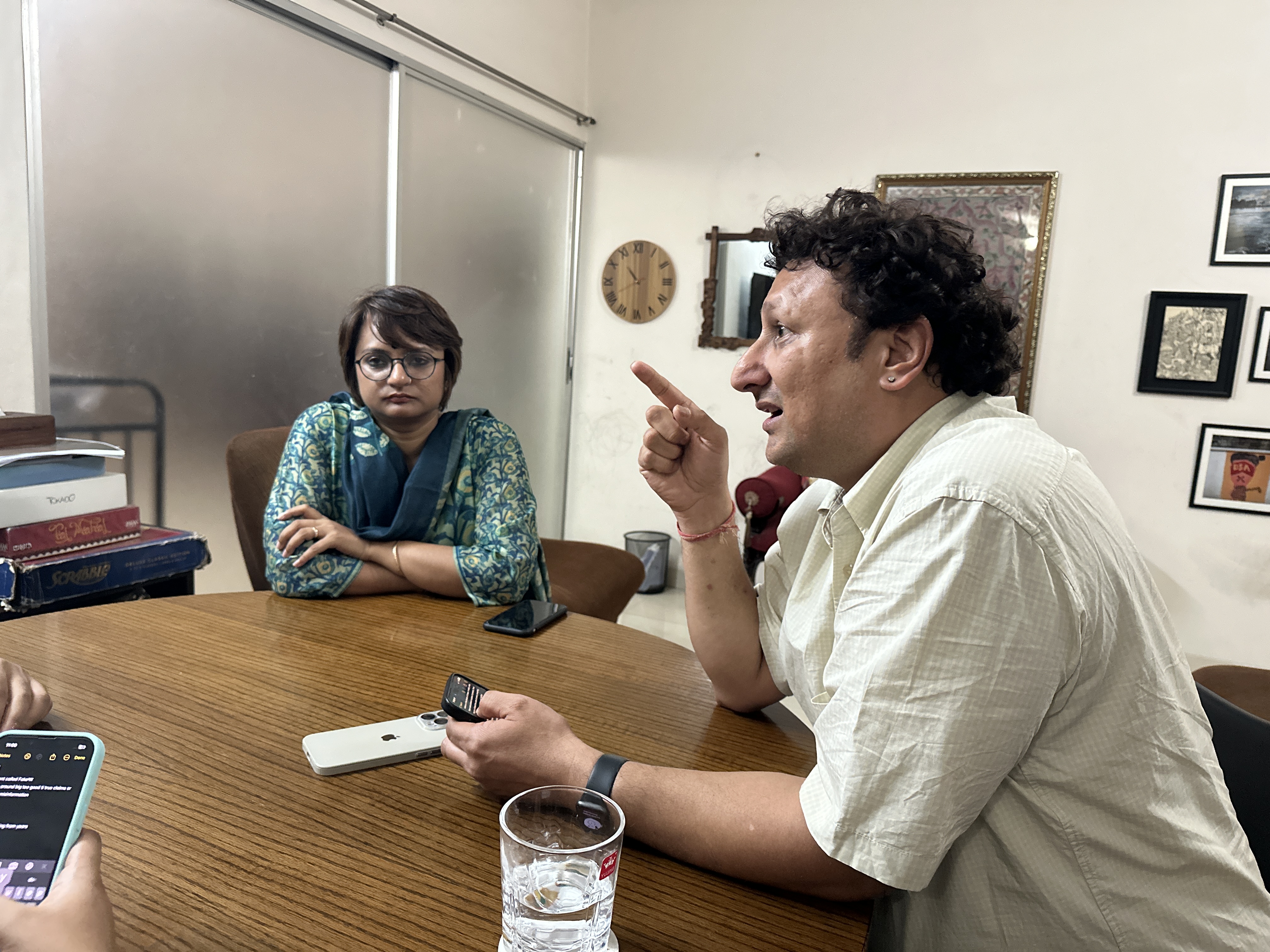
For instance, if an isolated incident—like the kidnapping example Swasti mentioned—is highlighted by someone with a large following, it can create a national stir, regardless of whether it’s about a Hindu or Muslim woman.
In India, some so-called fact checkers take isolated incidents and amplify them, stirring up national controversies. There’s a cause-and-effect dynamic at play here. Actions can have widespread effects, both nationally and internationally, influencing perceptions.
On the other hand, there's often a bias in reporting: when a Hindu is involved in a crime, the reporting tends to be vague, while Muslim involvement gets specific naming and detailing. This isn't fact-checking.
Are fact checkers the enemy of the government? No. The government may view us that way, but as long as my fact-checking is grounded in evidence, I have the constitutional authority to challenge the government. There have been instances where laws have been contested and overturned. My role as a fact checker is clear: my evidence should substantiate the claims being examined.
In India, state fact-checking units have been established, but many fact-checkers have declined to collaborate, as they don’t want to be weaponized for punitive measures against the public. We don’t see ourselves as enemies; if the government perceives us that way, that’s their perspective, but we remain focused on our mission.
DG: I don't see my role as a fact checker as a threat or an adversary to the government. That’s simply not the case. I have confidence in my work—I rigorously examine all the evidence, and I know it stands up to scrutiny. This is what we mean by cross-checking; we don’t rely on just one piece of evidence. Our fact checks are thorough and follow established protocols set by the IFC.
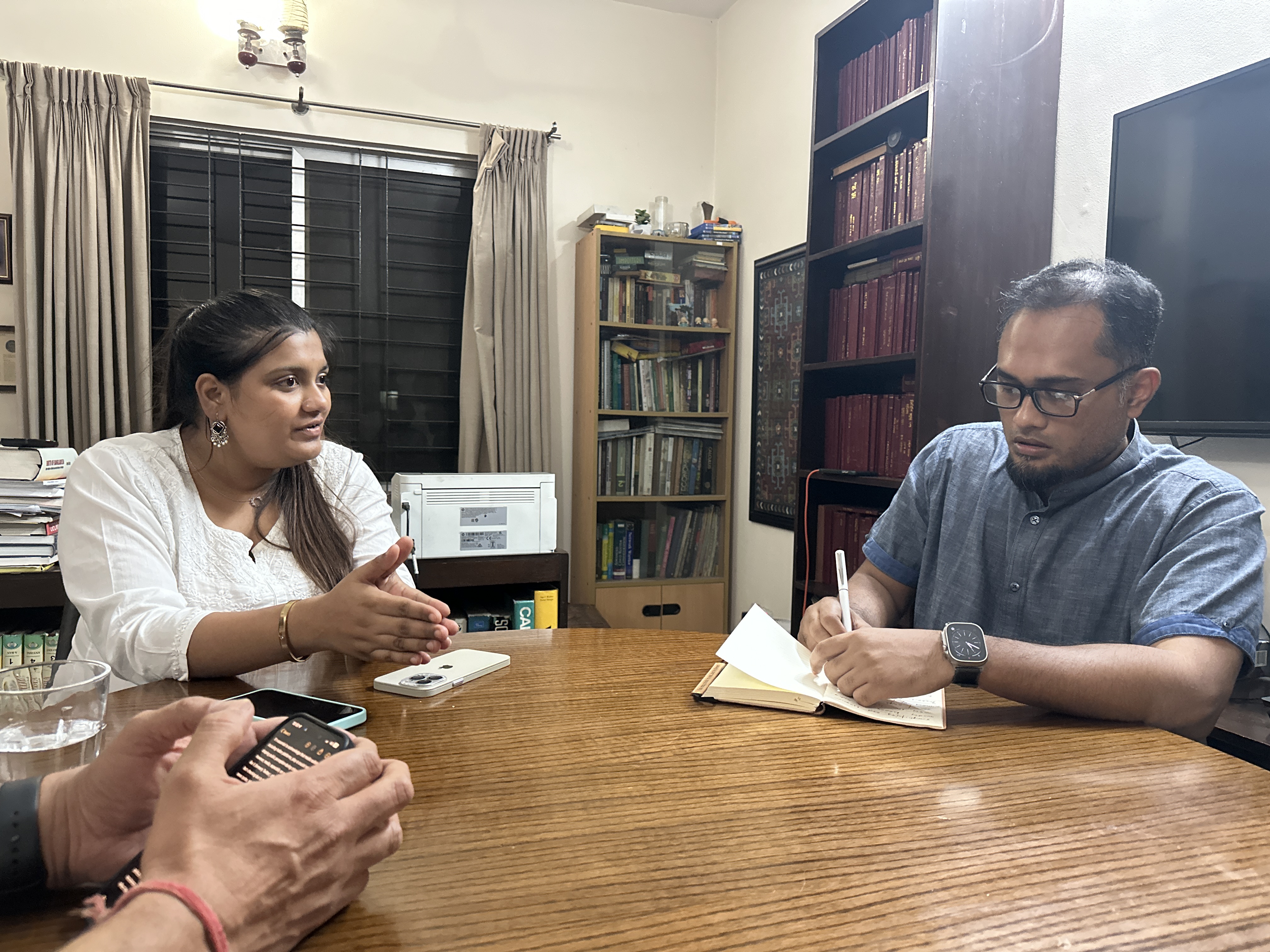
In each of our stories, we break down the evidence in a way that anyone who can read and write can understand. We provide details about our sources, including URLs and information on how to verify the claims themselves.
Ultimately, it’s up to the police to decide whether they want to engage with the public or respond to journalists, but the information is there for them to access.
I firmly believe in the integrity of my work and don't view ourselves as enemies of the government. Yes, there are instances where a simple denial has been treated as a fact check, and many influencers who claim to be fact checkers pop up, especially during elections. They might think that stating something makes it true, but that's not how it works.
If the government perceives us as enemies, that’s their perspective, not ours. We have faith in our constitutional right to question authority, and we support our inquiries with substantial evidence.
SC: I want to echo what Rahul and Drabanti mentioned: if the government views us as enemies, that’s beyond our control. We pour our hearts and souls into fact-checking, and it's essential to remember that our mental health is a top priority.
We perform our duties, and that’s where it should end. I can write a pro-government fact check today and an anti-government one tomorrow. If I face backlash from the government, I have to set that aside and return to my work, as it’s crucial for our well-being.
Every day, we encounter graphic and triggering content. Some of us are journalists or media educators who have transitioned into fact-checking without formal training on how to cope with such disturbing imagery regularly.
While the impact may not be immediate, over time, exposure to violence can affect our mental health and our relationships with partners and family. If we dwell on the notion that writing a few fact checks makes us enemies of the government, that mindset is counterproductive.
FM: Thank you all for your time.
—-

